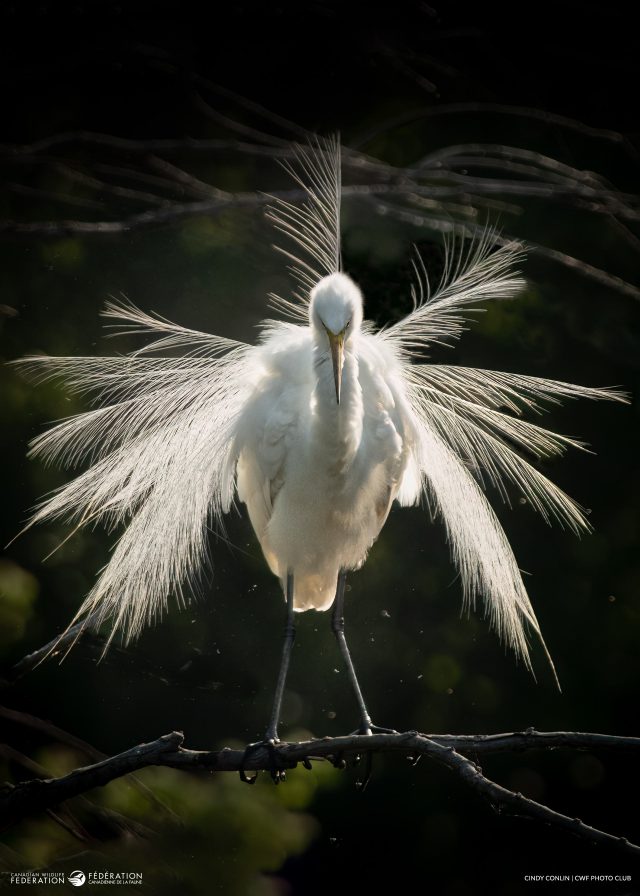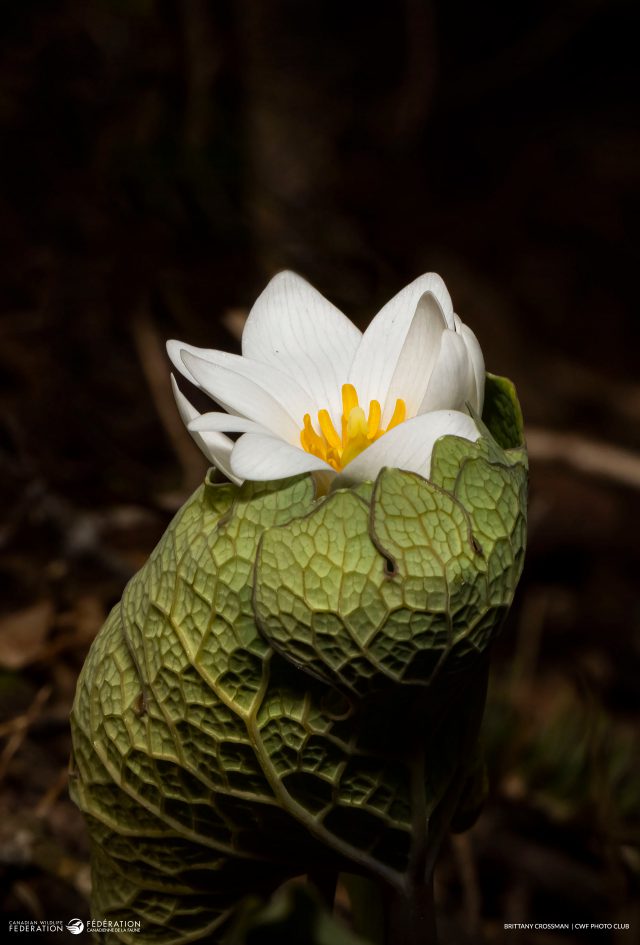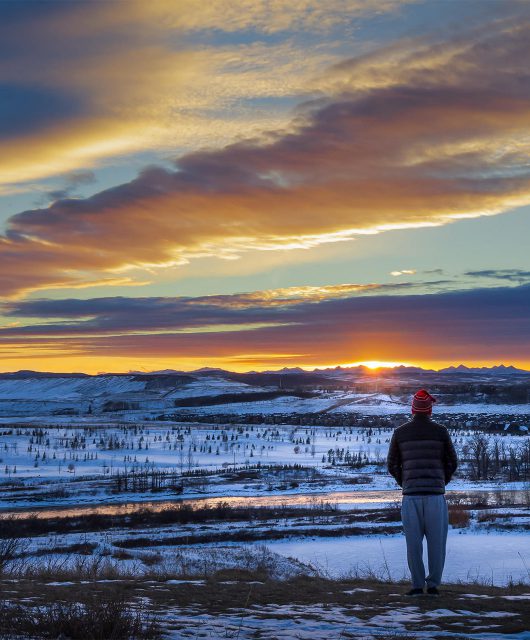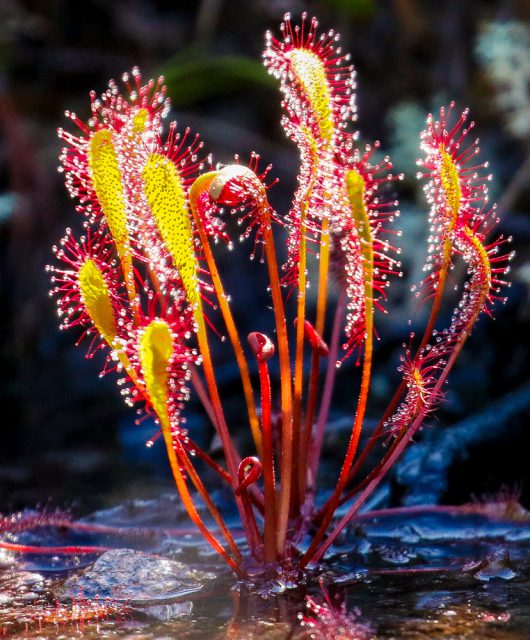More Canadians than ever are spending time in nature, and more of us than ever are bringing our cameras along.
In the last decade, in step with a growing awareness of the need to conserve our environment, there has been an explosion in wildlife photography.
The history of nature photography in this country is long and impressive. Toward the end of the 1890s and into the next century, pioneering photographers working for the Canadian Pacific Railway focused on the land’s grandeur and vastness. Motivated by the need to create consumer demand, the railway’s photographers were directed to focus on “view-making.” They made breathtaking portraits of mountains, lakes and forests, carefully composed after arduous expeditions to locate and establish an ideal vantage. The power of these images and others like them in the American West lead to the growth of a movement to conserve nature and create national parks in both countries.

In the 1960s, the best nature photography was no longer simply framing majestic beauty. Instead, disturbing images of oil-drenched seabirds, poisoned fish and forests disfigured by acid rain drew the attention of millions as photographers in the field took on an activist role. Their work inspired a new wave of public enthusiasm for environmental action and conservation. Numerous conservation groups that emerged then are active still today — the Canadian Wildlife Federation was founded in 1962.
The connection between photography and conservation has only grown since. Today, amazing advances in camera technology allow photographers to capture the micro and the macro, to track an elusive bottom-feeder or fly with a migratory bird. Digital tech provides the tools to store, edit, modify and improve these images. And the web creates opportunity to share them, expanding and amplifying the reach of a powerful image. “Conservation photography” has become a big part of the citizen science trend, with members of the public posting observations to aggregating websites such as iNaturalist. The data gathered will be invaluable to conservation efforts and to mitigate effects of the climate crisis.

Nature photography is the art of capturing, holding and sharing life. It is the attempt to freeze a fleeting and complex moment into a single crystalline image that has the power to amaze, to inform, to inspire.
We asked the winners of the 2023-24 Reflections of Nature Annual Photo Contest for a few tips and wanted to share them with you:
1. THE POWER AND THE STORAGE

There is no worse feeling in the field than lining up a great shot only to realize you are out of memory. Given how cheap memory cards are now, inadequate storage really is avoidable. Since you never know how lucky you will be on a given day in the field, always bring plenty of capacity. The same goes for power. Make sure you have backup batteries or an extra power pack so you don’t miss a shot because your camera quits on you. Just assume your batteries are going to fail (as they tend to do in colder weather) and have more ready to swap in. For the same reason, a charger that works with your phone is also a good safety measure.
2. THE LONG VIEW

While every pro will give you a slightly different answer about their favourite lens, all agree that there are a couple of essentials when shooting wildlife. First, a medium to long zoom (minimum 400 mm) is essential for getting that terrific close-up without getting up-close. For a newbie nature photographer with aspirations, there are good-quality affordable zoom lenses available. Read reviews and visit speciality camera shops to learn more — bring your camera so you can try a few out in store. At the other end of the scale, it is always useful to have a wide-angle (around 20 mm) for impressive landscapes and, with a little ingenuity and a remote shutter gadget, playful close-up portraits of inquisitive creatures.
3. THREE LEGS BETTER

Hand-holding a longer lens for any length of time is tiring. And while it may work for capturing birds on the wing, for anything else it quickly leads to camera shake, its effect magnified by the longer focal lengths. That will ruin a photo, particularly in the soft light of early morning and late afternoon (times of peak animal activity) when you need to move to a slower shutter speed. A good tripod is essential. The experts say get something light but sturdy and well constructed. Paying a little more for a better quality tripod is a good investment. There are smaller tabletop versions that can be handy and even a few “ground pods” designed to hold your camera steady just inches above the ground. One last support to consider is a photographer’s beanbag, a stakeout prop to steady your lens on hard surfaces like rocks, fenceposts and car doorsills.
4. CARRY ON

Having the right gear on hand when you need it in the field requires a rugged sack to carry and protect it all. Given the weight and the distances carried, a properly fitted backpack is much better suited to the task than a shoulder or sling bag. It needs to be made of a tough waterproof material that works well in the cold, with plenty of useful (and dry) outside pockets. Inside, it should be well padded, highly configurable and big enough to accommodate large telephoto lenses, a folded tripod, cameras, essential add-ons and accessories, food and drink, and, every pro says, at least one pair of dry socks.
5. LIGHT AHEAD

To get the best shot, you’ll want to be in the woods at dawn and dusk when the light is softer and more evocative and the animals tend to be active. You’ll likely need illumination at some point. A headlamp is a must.




